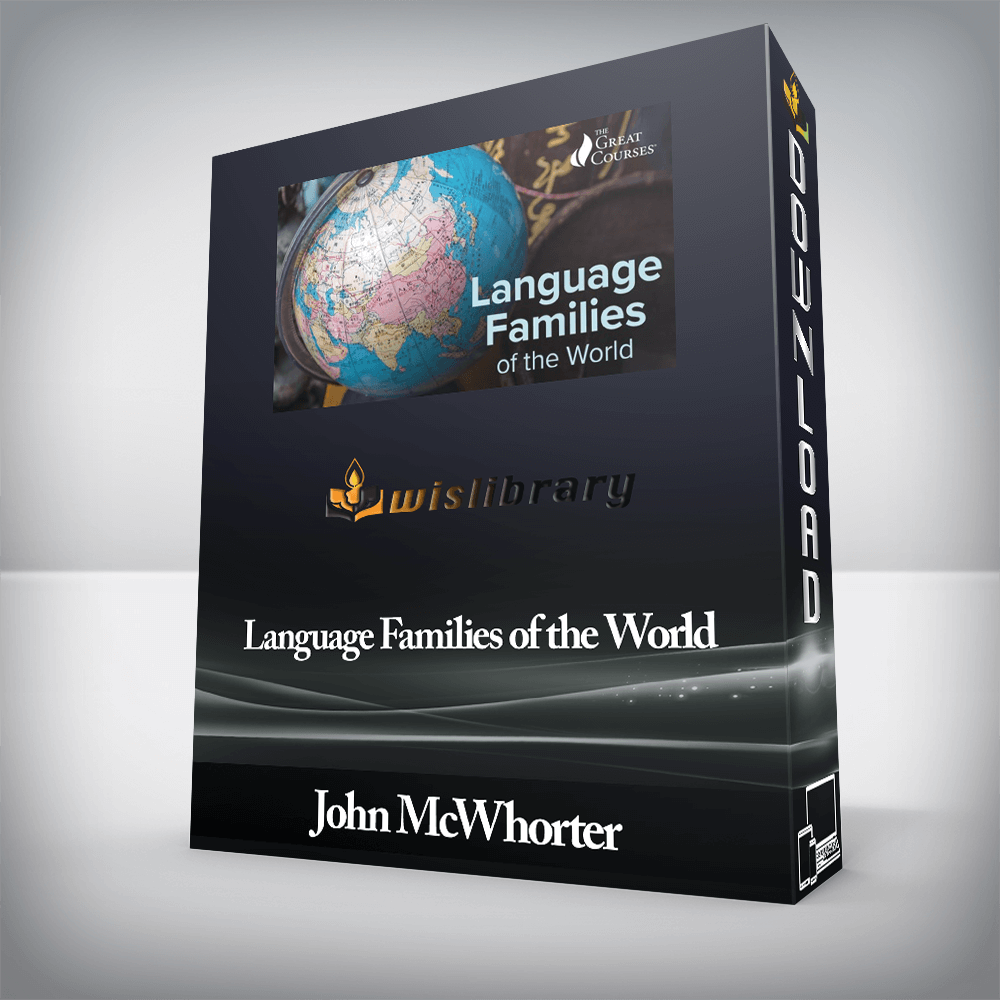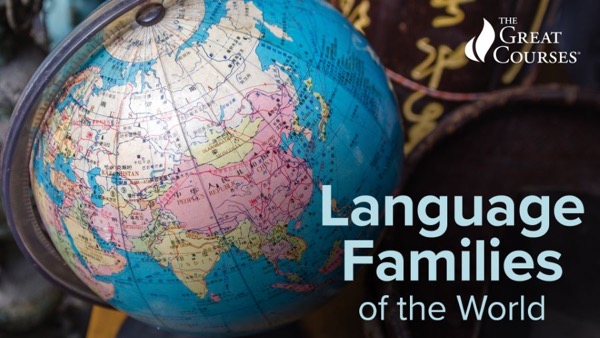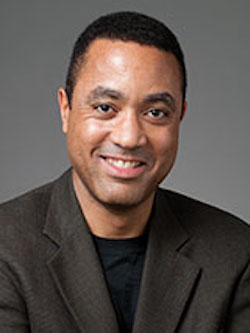

Professor John McWhorter takes you back through time and around the world, following the linguistic trails left by generations…
File Size: 13.4 GB.


Far from being a language in decline, we have reason to believe that English, with all its beauty and quirks and illogicities, will be carried far into the future.
Institution: Columbia University
Alma mater: Stanford University
Language, in its seemingly infinite variety, tells us who we are and where we come from. Many linguists believe that all of the world’s languages—over 7,000 currently—emerged from a single, prehistoric source. While experts have not yet been able to reproduce this proto-language, most of the world’s current languages can be traced to various language families that have branched and divided, spreading across the globe with migrating humans and evolving over time.
In Language Families of the World, Professor John McWhorter of Columbia University takes you back through time and around the world, following the linguistic trails left by generations of humans that lead back to the beginnings of language. Utilizing historical theories and cutting-edge research, these 34 astonishing lectures will introduce you to the major language families of the world and their many offspring, including a variety of languages that are no longer spoken but provide vital links between past and present.
An Incomplete Family Tree
The English language comes from the immense family known as Indo-European, a group that has been traced and reconstructed perhaps most thoroughly of all the language families. In fact, it is the extensive study of this family that essentially built the foundations of formal linguistic science. Other language families, like the Niger-Congo, the Afro-Asiatic, and Austronesian families, are becoming more and more known through study, but there is still a long way to go to uncover the earliest foundations of the families that comprise the thousands of languages spoken around the world today.
Professor McWhorter demonstrates how, through a combination of the known and the unknown, of tangible evidence and shifting hypotheses, linguists trace and reconstruct languages. It’s often a tangled and complex undertaking, with many theories taking root before being reevaluated—or disproven altogether. As you better understand the methods linguists use and the ideas they have developed, you will explore a host of fascinating questions, including:
Filling in the Blanks of Language
As in life, the one constant in language is change. Even looking back just some hundreds of years, what we know as Middle English is barely intelligible to contemporary English speakers. Thanks to many similarities and the volume of writing that exists between the days of Chaucer’s English and now, the transition can be fairly easy to trace. However, since not every language has a clear, uninterrupted line of progression or a written record to follow through the ages, how do linguists reconstruct older languages? How do they identify a language family?
As Professor McWhorter explains: “The fundamental trait of a language family is that linguists can posit a proto-language from which the modern languages developed via regular sound changes.” This is easiest to do with groups of languages that are relatively new and thus still share a lot of features. Professor McWhorter uses the languages of Polynesia to illustrate this kind of reconstruction in its simplest form before turning to the more complicated ways linguists fill in the blanks with languages that have changed over longer periods and spread over vast distances.
Sometimes, as with the Indo-European family, there are copious written records to help cover the gaps, but often it is a matter of using core words and cognates to make the necessary connections. Like detectives, linguists must follow the clues they are given and throughout these lectures you will be able to follow the process like Watson to Professor McWhorter’s Sherlock Holmes. Along the way, you will look at language through many linguistic lenses, such as:
If language change makes it so difficult for linguists to make clear connections between past and present, it is important to understand the nature of those changes, as well as how those changes both help and hinder investigation. Languages experience change for many reasons, including:
Languages Past, Present, and Future
Languages like Chinese, Spanish, English, Arabic, Hindi, and Russian are some of the most widely spoken in the world and have been extensively studied. They can all provide deep insight into the nature of language and how it can change over time. Yet they are only a very small fraction of the immense number of languages and dialects you will encounter as you tour the world via linguistics. Following the trails of language across land and sea with Professor McWhorter will allow you to trace migration patterns and social contact between different peoples, as well as better understand important aspects of history and geography that continue to evolve and influence the world we live in today.
Utilizing maps, graphics, photographs, and a plethora of written examples and illustrations, Language Families of the World makes the complex and ever-changing world of language an engaging journey. From the “click” languages of sub-Saharan Africa and the little-known languages of New Guinea to the shrinking varieties of Native American grammar and the isolated Basque tongue in the heart of Europe, you will encounter an astonishing range of languages. Through them, you will reveal amazing facets of speech that defy conventional wisdom and demonstrate the immense range of human linguistic ingenuity.
While most animals communicate in some form, language—complete with grammar, syntax, dialects, vocabulary, and so much more—appears to be a uniquely human trait. When we understand not just the nuts and bolts but the extensive history and cultural power of language, we better understand ourselves, as well as the world and the people we share it with.
There are no reviews yet.
You must be <a href="https://wislibrary.org/my-account/">logged in</a> to post a review.